
Buying and Selling Game Contest Christmas 2021 Edition – 50 Hive to be won
Hi Everyone,
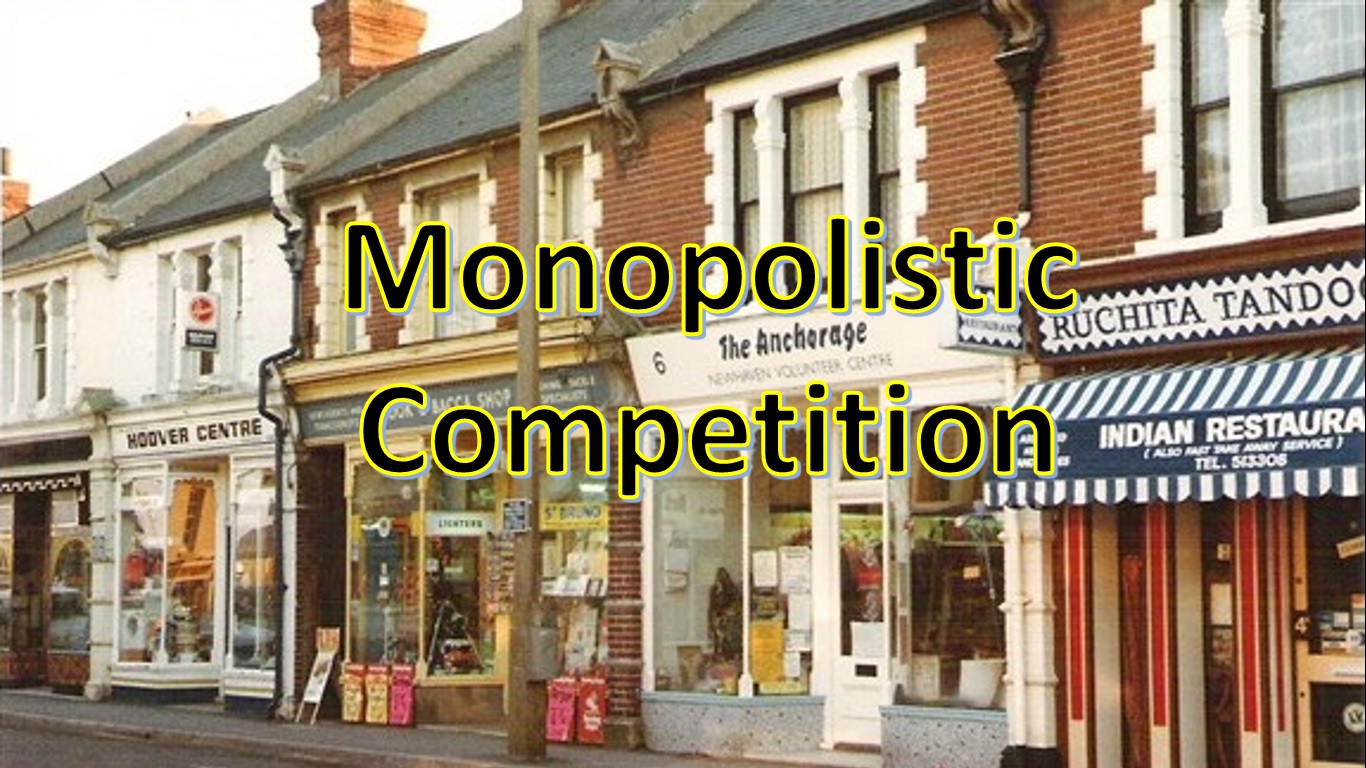
It has been awhile since my previous post on market structure. My Six Week Economics Challenge Series has occupied most of my time over the last month. I am also going to be unavailable from next week for the following 3 weeks. At the end of May I will be back in full swing with my economics posts.
I started this series about 2 month ago. So far I have provided a brief introduction to market structure post. In this post, I identified a few important market structures as well provided a very brief description of them. A link to this post is provided at the end of this post. I have also completed a post explaining the theory behind perfect competition as well as how perfect competition is applied in the real world.
In this series I will be covering 6 market structures, they are as follows (you can click on perfect competition to view the perfect completion post):
Most people are quite familiar with the first four market structures in the list. Monopsony and Oligopsony are less discussed but I feel they are particularly relevant to the Steemit world as I will explain when I reach those posts.
Monopolistic competition is probably my favourite market structure. I also believe it should be the preferred market structure for most industries. So what do I like about monopolistic competition? I like monopolistic competition for several reason, they are as follows:
The reasons that I like monopolistic competition align with the main characteristics and advantages of this market structure. I will elaborate on these characteristics and advantages.
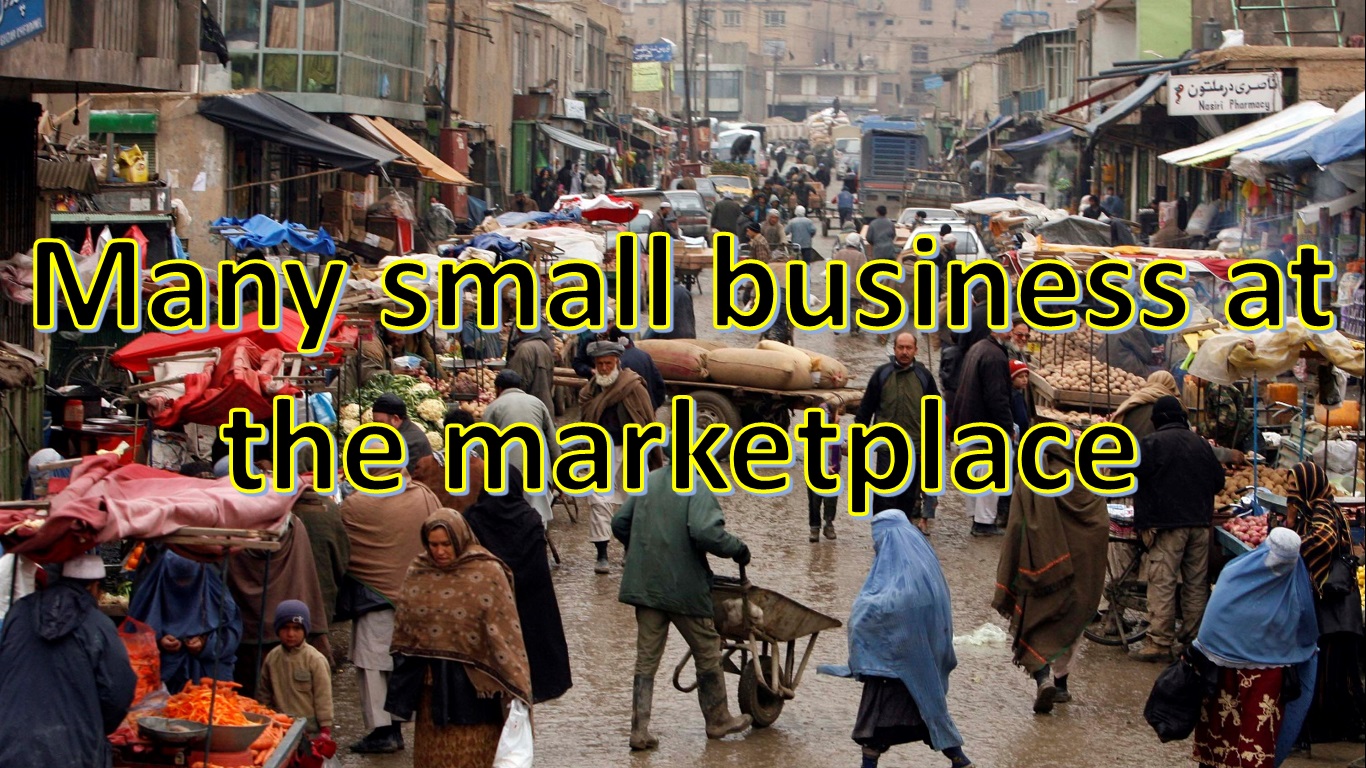
Similar to perfect competition, monopolistic competition market structure comprises of many small firms and normally many buyers. Unlike perfect competition, monopolistic competition has many real world examples. I will present some examples later in this post. As there are many small firms competition is quite intense. This competition generally results in lower prices. Though price competition is only one method of competing as I will explain later in the post. Lower prices are good for buyers and small profits are still incentive for small firms to be creative and innovative with their products.
Monopolistic competition is not, by definition, allocative efficient. As product differentiation allows firms to set slightly different prices. Pricing for monopolistic competition can be shown using the following figure.
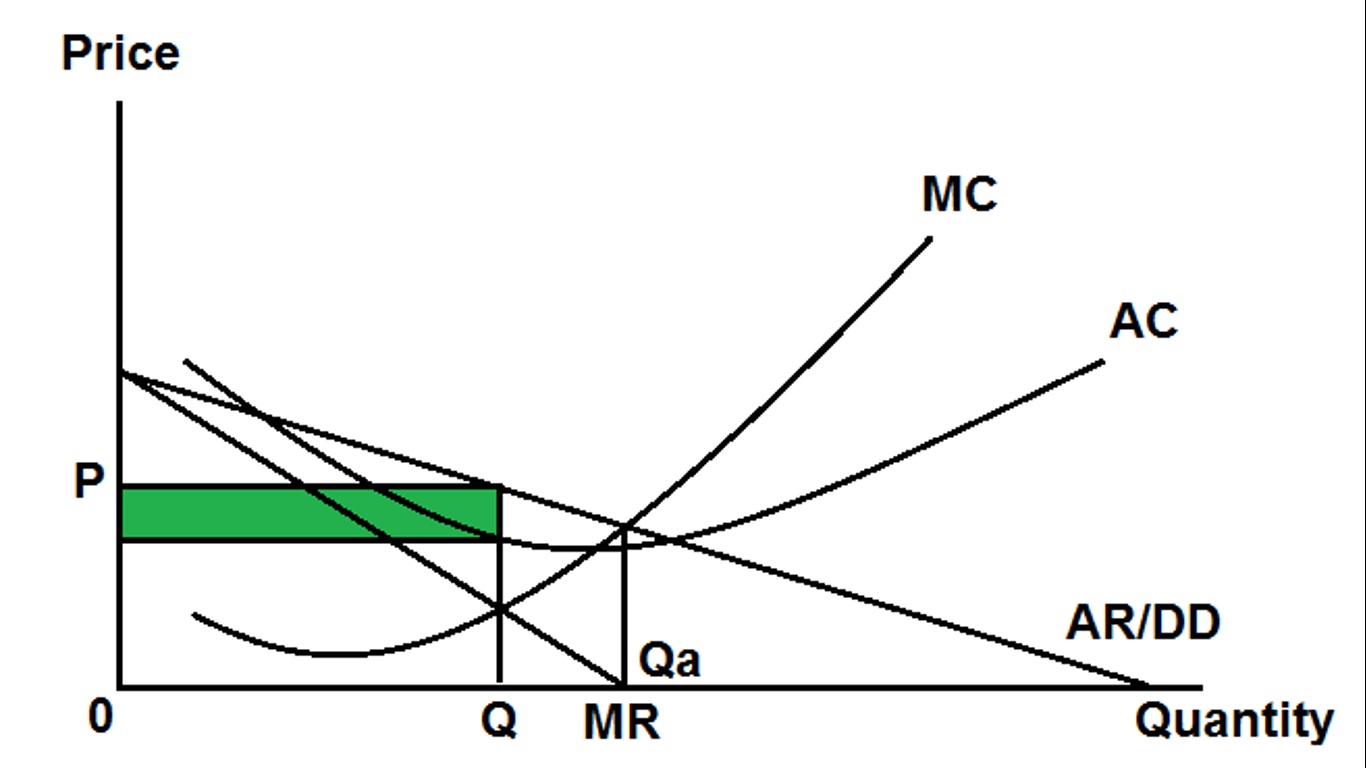
Where:
The figure shows that prices are higher and quantity is lower than the allocative efficient quantity. I do not see this as a problem as the slightly higher prices allows for profits (profits will not be considerably higher as demand is generally quite elastic because of the similar nature of products and large number of sellers). This increases the incentive to produce higher quality output at lower costs. In the long-run, this will result in a higher demand and lower cost. Monopolistic competition is more likely to produce higher output at lower prices than perfect competition where there is no incentive to lower costs or improve output quality as any profit from doing so is immediately erased as all other firms will be able to follow.

Product differentiation is one of my favourite characteristics of monopolistic competition. Each firm is able to make their products a little different from other firms. This provides customers with a wider variety of choice as well as gives each firm an opportunity to establish a loyal customer base that can help secure future profits. You will learn in theory that monopolistic competition are eroded in the long-run as new entrants can replicate the success of the profitable firms. This would be true in a static environment but in reality the world is constantly changing. Therefore, long-run, defined in theory, may not ever need to occur for many monopolisically competitive firms.
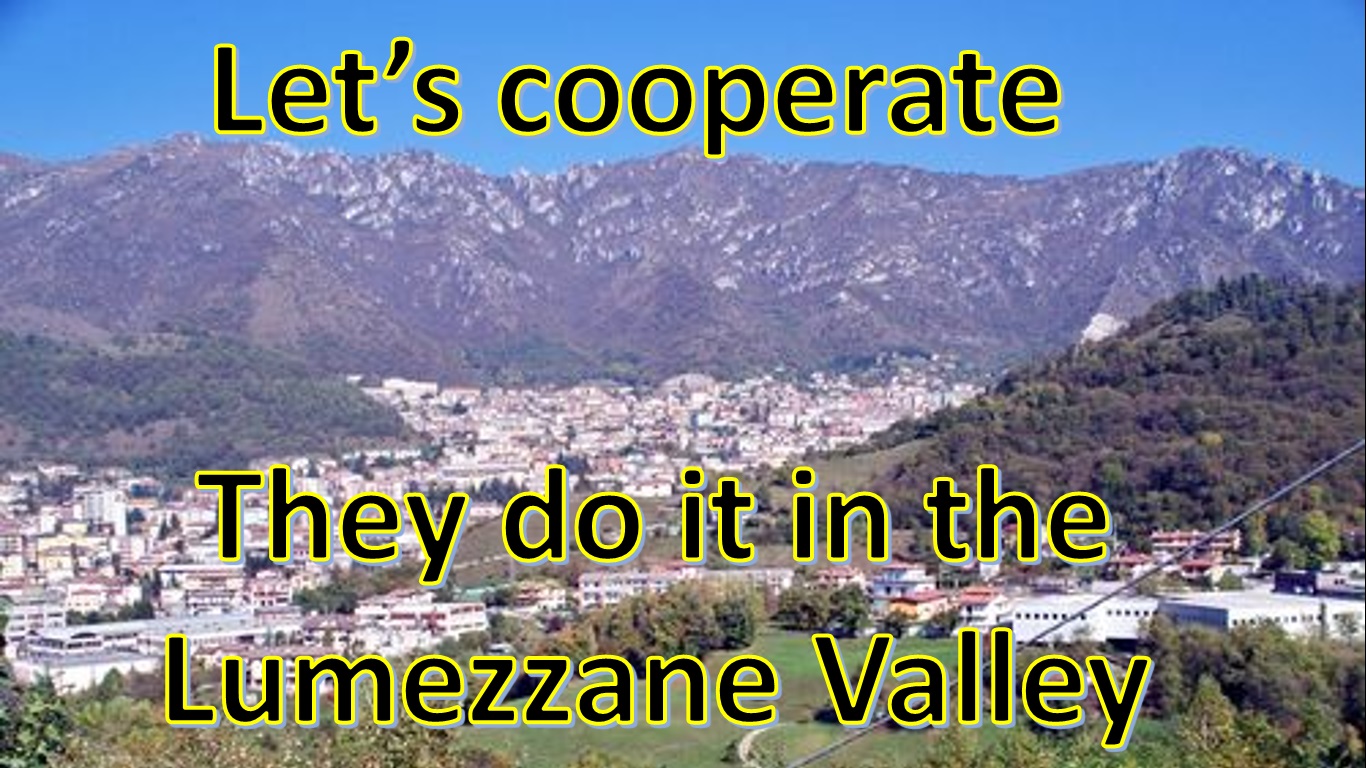
This is not typically defined as a characteristic of monopolistic competition but it is certainly an opportunity that can be utilised within this type of market structure. I have discussed opportunities for cooperation several times in my game theory series. In my opinion, monopolistic competition provides the best opportunity for cooperation to occur (many would argue that the oligopoly market structure has more real life examples of cooperation through collusion; I will discuss this in another post). Unlike market structures such as oligopoly and monopoly, monopolistically competitive firms generally do not have the size to enjoy economies of scale by themselves. Cooperating to gain an advantage is a logical step. Remaining as individual firms also maintains the benefits of being small. A possible best of both world scenarios.
In reality, this type of cooperation is not particularly common. The best example I am aware of are the industries located in the Lumezzane Valley. They cooperate to produce the finest cutlery, kitchenware, brassware, and taps. Another great example of cooperation amongst monopolistically competitive firms is in Chiang Mai. Chiang Mai is the perfect place for digital nomads to operate their online businesses.

A key characteristic and an important positive aspect of monopolistic competition is the lack of barriers to entry. This allows a constant flow of new entries and encourages entrepreneurship. The arrival of new firms help keep the existing firms competitive and helps maintain low prices and quality outputs. Monopolistically competitive markets rarely become oligopolies or monopolies by themselves.
Government intervention through regulation, taxation, subsidies, ownership, or legal requirements can result in mergers and acquisitions that can cause a change in market structure. Monopolistic competition may not always be the natural structure firms fall into and natural barriers to entry can form if large capital investment is required upfront. It is still possible that smaller firms can share infrastructure and a monopolistically competitive market structure can develop.
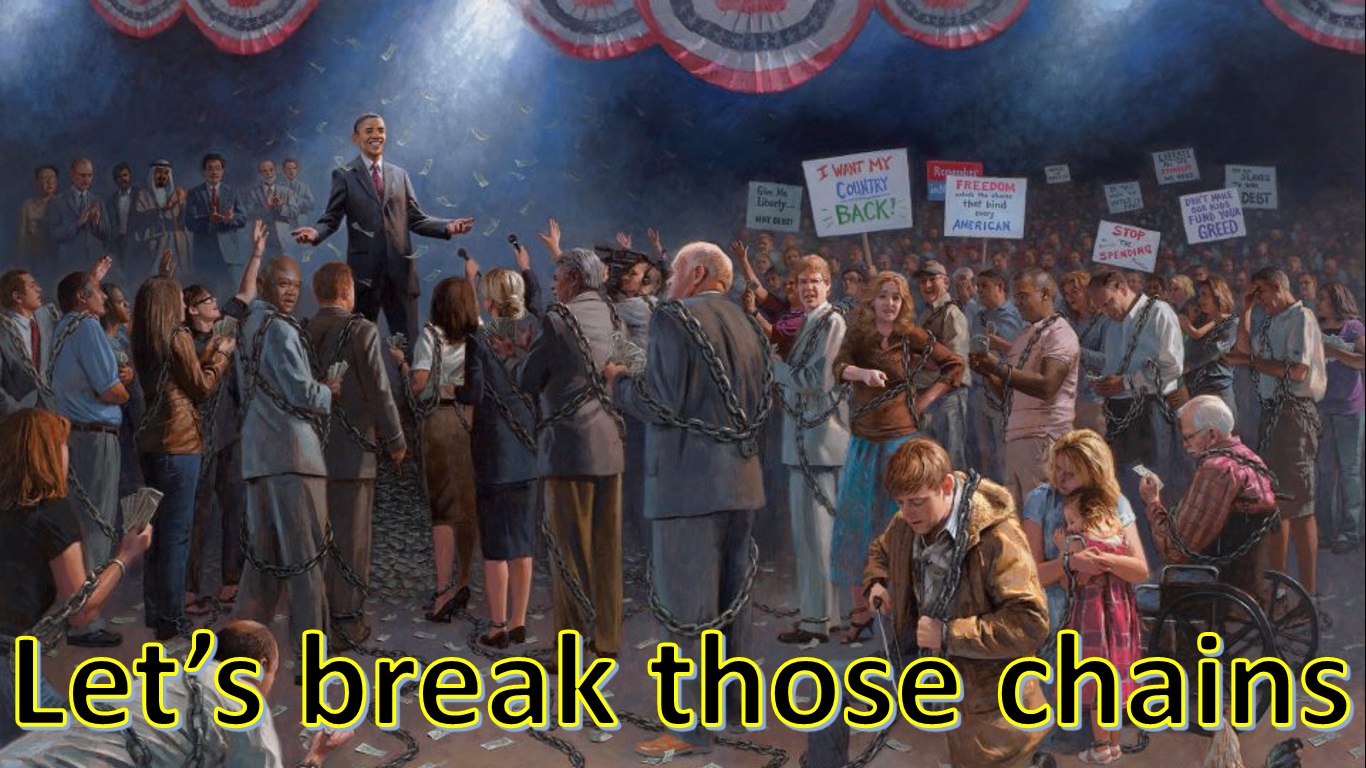
A country with predominantly monopolistically competitive markets provides greater opportunity for its citizens to become entrepreneurs. This allows people to avoid working for larger private or Government organisations. This allows people to more freely follow their own pursuits rather than become trapped in employment to faceless organisations. The above statements could be seen as personal bias but I find having freedom to pursue my own passions preferable to working for others for their goals. That is also one of the reasons that I started my own business as well as why I devote so much time to Steemit.
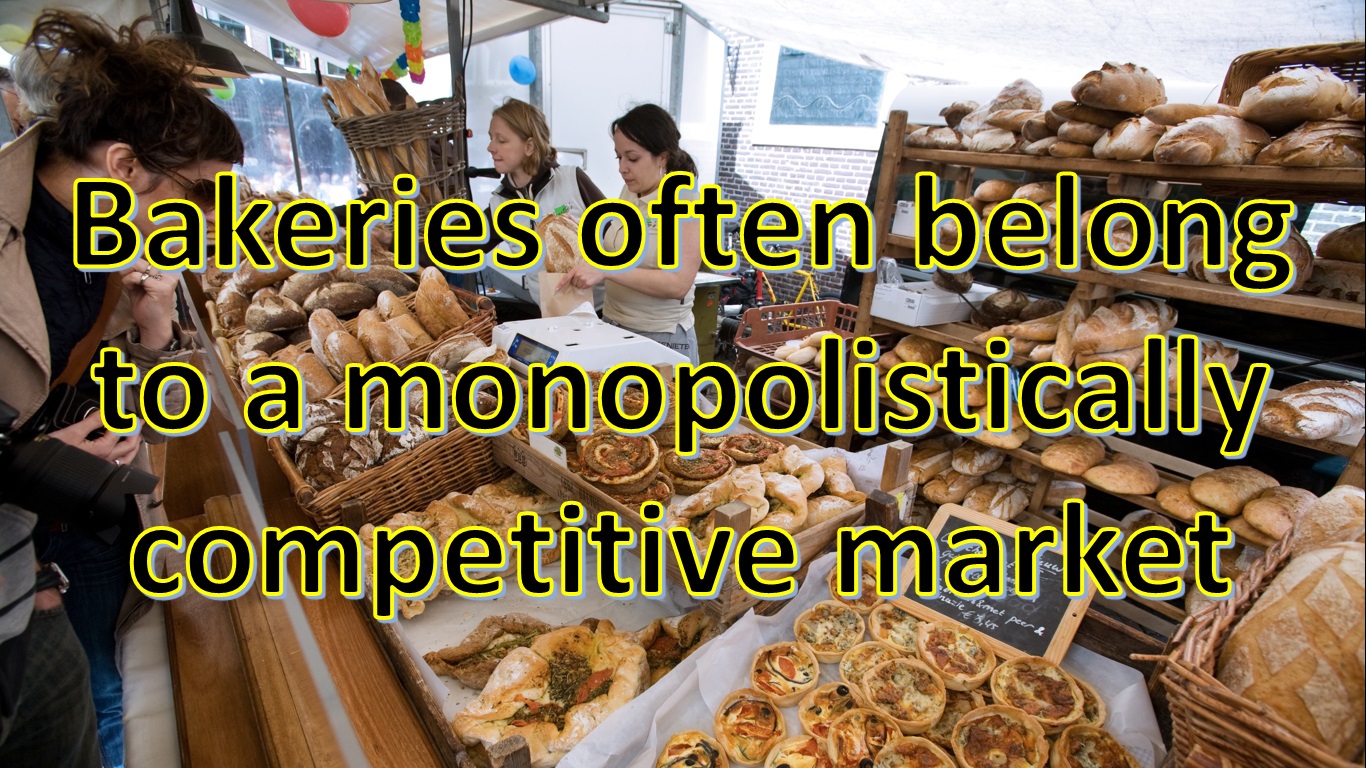
I am using bakeries as an example in Challenge 6 of my challenge series.
There are many real examples of monopolistic competition. Unfortunately, this market structure is not as typical as it was in the previous century. Some real life examples of monopolistic competition include the following:
There are many more examples but the above list should provide a general idea of the type of industries that are likely to have a monopolistically competitive structure. Some of the above examples could also fall under the oligopoly market structure as well. It will vary from country to country.

Even though monopolistic competition is my favourite market structure it is only fair to also mention some of the possible disadvantages. Though I do not see them as particularly major flaws with the market structure.
As I mentioned earlier in the post, monopolistic competition does not achieve allocative efficiency. Therefore, it can be argued that price is higher and quantity is lower than optimal. As I mentioned before, the profit made can provide incentive to reduce costs and eventually lower prices.
Another argument is that monopolistic competition produces wastage from competition. For example, in order to compete, monopolistically competitive firms could choose to advertise their products. This advertising tends to be on a small scale and is generally informative advertising. Customers are not expected to have perfect information regarding each product available to them. The waste is most likely to be quite minimal as monopolistic competitive firms generally do not have the budget to splurge excessively on advertising. Advertising for oligopolistic market structures could be more wasteful because of larger budgets and the use of persuasive advertising rather than informative advertising.
The following are key points that you should take away from this post.
Thank you for taking the time to read this post. My next post in the series will be on oligopoly. This market structure also has many real world examples. I am less of a fan of the oligopoly market structure. I will explain my reasons in the oligopoly post.
If you want a quick overview of the market structures I am covering in this series, you can use the link below to view the introduction post.





